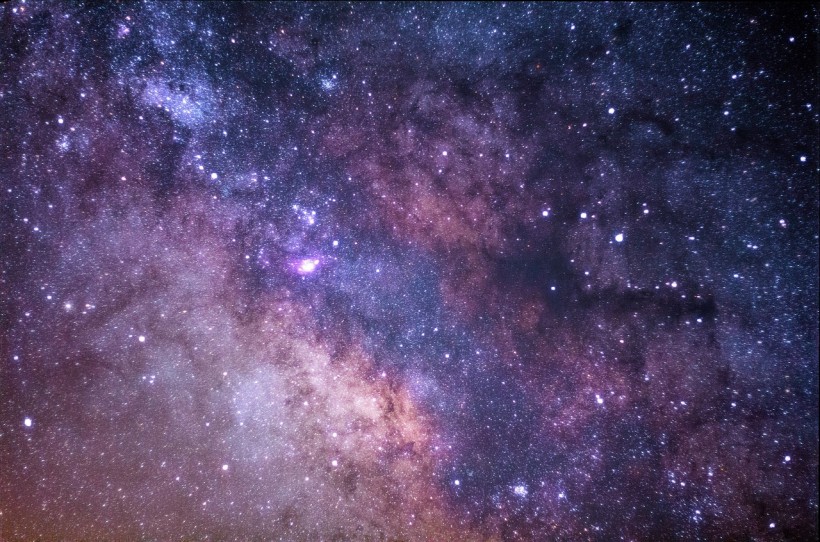During the early stages of the Universe, approximately less than 1.5 billion years after the Big Bang, an extraordinary finding has been made by the James Webb Space Telescope in a distant galaxy.
As Science Alert reported, analyzing the light that has journeyed for over 12 billion years from the galaxy called SPT0418-47 helped astronomers to extract a distinctive spectral signature indicating the presence of complex molecules, specifically polycyclic aromatic hydrocarbons (PAHs). PAHs constitute a portion of the dust particles within interstellar clouds, absorbing light and emitting it again in the form of infrared wavelengths.

James Webb Space Telescope Detected Complex Molecules in a Galaxy in the Early Universe
Unexpected Place for Star Formation
Detecting PAHs in a distant galaxy provide insights into the early evolution of stars and galaxies. PAHs are commonly found in smoke and soot, and their distribution across the galaxy raises intriguing questions about the formation of stars and their spatial arrangement.
The dust containing these molecules indicates a high rate of star formation, which is expected in a galaxy from the early Universe. However, the dust is not uniformly distributed, indicating that star formation occurs in different regions within the galaxy.
The ability to observe such intricate details in a galaxy located at an enormous distance is a remarkable feat. The team wrote in their study, titled "Spatial Variations in Aromatic Hydrocarbon Emission in a Dust-Rich Galaxy" published in the journal Nature, that the JWST detected the 3.3-micrometer PAH feature in a galaxy that existed less than 1.5 billion years after the Big Bang.
The researchers found that the high equivalent width of the PAH feature suggests that infrared emission throughout the galaxy is primarily influenced by star formation rather than black hole accretion, Vice reported. These observations demonstrate that variations in emission from PAH molecules and large dust grains are the result of complex localized processes within early galaxies.
The presence of PAHs in some parts of the galaxy without corresponding star formation, and vice versa, presents a puzzling phenomenon. It could indicate the destruction of these molecules due to shockwaves from supernova explosions or a weaker connection between the light emitted by newborn stars and these organic molecules.
Further research is needed to comprehend the factors causing the disparities between organic molecules and star formation in this context.
READ ALSO: James Webb Space Telescope Detects Sonic Boom Larger Than Milky Way Resulting From Galactic Invasion
JWST as Cosmic Magnifying Glass
The unparalleled power of JWST in infrared wavelengths has enabled the detection of PAHs in a galaxy located approximately 3 billion light-years away. The presence of PAHs, which absorb and re-emit light in infrared wavelengths, serves as a reliable indicator of star formation in galaxies.
As indicated in Science Alert's report, this remarkable observation was made possible by leveraging the phenomenon of gravitational lensing, where the curvature of space-time around massive objects magnifies and distorts the light passing through it, effectively acting as a cosmic magnifying glass.
The JWST's observations of the distant galaxy, named SPT0418-47, were part of the TEMPLATES Early Release Science program. By utilizing the gravitational lensing effect caused by an intermediate galaxy situated between SPT0418-47 and Earth, the telescope captured detailed information about the spectral signature of the PAHs at a mid-infrared wavelength of 3.3 micrometers.
This marks the most distant detection of complex aromatic molecules to date. Although many questions remain unanswered, such as the uneven distribution of PAHs throughout the galaxy, this discovery holds great promise for future investigations into the evolution of galaxies during the early Universe.
RELATED ARTICLE: NASA's James Webb Space Telescope Finds 'Undiscovered Country of Galaxies' 350M Years After the Big Bang
Check out more news and information on James Webb Space Telescope in Science Times.














